Factors To Consider
How hot you get your pan before you add your oil or butter and start cooking depends on several factors:
- What type of pan you are using.
- What type of fat you are sauteing with.
- What you are cooking.
- Your cooking experience level
The Hands Over Pan Technique
You may have seen in cooking magazines or cooking shows where the chef holds his hand over a hot pan and when they can no longer take the heat, the pan is ready.
I find this technique amusing because I know I can hold my hand over the heat longer than my wife, and my brother, who works with his hands, can keep his hands over the pan much longer than I can. It may give you an idea, but there is an easier way to tell when the pan is hot enough to add your fat.
Water simmers at 185°F but turns into steam at 212°F. so the best way I know of to tell if the pan is hot enough to add your fat is to sprinkle a few drops of water onto the hot pan. If the water evaporates immediately, you know the pan must be at least 212° F and a good starting point to add the fat.
It’s a great visual clue and safer than seeing how much heat the palm of your hand can take. Another way you can tell the temperature of the pan is using an infrared thermometer but I doubt many of you have one of those in your kitchen drawer.
Once you get your pan hot and add the cooking fat to it, the next question is how hot you want the fat to be before adding ingredients. Just because the pan is hot doesn’t mean the fat (butter or oil) is ready for cooking.
If you add cold butter to the pan, it lowers the temperature and may take longer to heat up to the proper temperature.
How to Properly Heat a Fry or Saute Pan Video
Check out my short cooking video at the top of the page describing a great way to determine how hot the pan should be before adding your fat to it using a simple water test. When you pan-fry or saute ingredients, it will make a huge difference so they don’t stick to the pan.
The Ideal Temperature
There really is no ideal temperature. It really depends on what you are sautéing and what you plan to do with the ingredients when you are done. I usually want to sear a piece of meat, chicken, or fish and begin the caramelization process (actually the Maillard Reaction) to get that wonderful brown crust, but that may not always be the case. Chef Todd Mohr told me:
The caramelization of sugars may not always be the goal, so the pan needn’t be 320°F all the time. That’s just my target zone to get a nice brown color on a protein product for plate presentation. Caramelization may not be the goal if you’re going to use the chicken in another preparation where color or texture isn’t important.
Let’s say you’re making chicken burritos. A caramel “crust” on a chicken breast that will be shredded, wrapped in a tortilla with sauce, and baked again, may not be the best method. Then, 320°F isn’t the goal. However, you always want to ensure the pan is above 165F, where proteins coagulate and cooking begins.
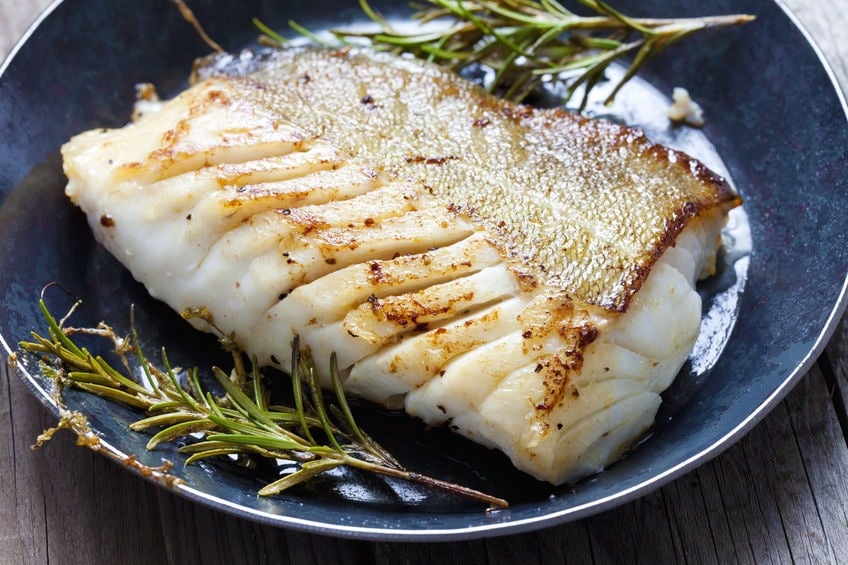
Caramelizing and the Maillard Reaction
I am not a food scientist, so I will not try to get too scientific to explain this. From what I’ve read, home cooks often confuse Caramelization with the Maillard Reaction, a process called the Maillard Reaction, named for the chemist who first studied these reactions in 1912.
The Maillard reactions, of which there are many, are a series of browning reactions that occur when certain sugars react with the amino acids found in proteins. These reactions are accelerated by heat and also the pH of the food being cooked.
Caramelization is the process where sugars react with sugars in the presence of high heat but without proteins. If you are sauteing just vegetables, it would be called caramelizing.
That’s as scientific as I will get, but I’m sure there are many great sources out there if you want to learn more about these processes. Whether you call it the Maillard Reaction or Caramelizing, this process is what gives you that wonderful brown and flavorful crust that we are looking for when we saute.
So How Do We Know When The Fat Is Hot Enough?
As mentioned above, we want to start when the fat in the pan is approximately around 320° F, which is usually just below the smoking point for butter, lard, and various cooking oils. You never want to actually reach the smoking point because, at this point, the fat is ruined and will add a bad taste to whatever you are cooking.
So the question is, how do we know we are approaching the smoking point of the fat we are using and not hit it?
I suggest that when the butter stops foaming and begins to turn a pale brown, it is ready to start sauteing. You will know it is hot enough with oil when it goes from perfectly smooth to shimmering or forms striations (lines) in the pan. Chef Todd explained to me:
In saute, you heat the oil until “just before it begins to smoke”. Oil will begin a convection process before smoking, going from perfectly smooth in the pan to striated, getting ripples.
Sesame oil will smoke immediately in a 320°F pan, while peanut oil can handle it. So, I heat the pan to around 212°F before adding the oil.
This should give you plenty of time before reaching the oil’s smoking point, and now you’re cooking with your eyes watching for those striations. Be careful when heating oils or fats over a hot stove or in a hot pan. Be ready for any possible flame-ups that can occur.
Smoking Points
Have you ever added oil or butter to a pan, put the pan on the flame, and got involved in something else only to turn around and see the pan smoking? What do you do? Take the pan off the heat and use it anyway? It’s not a good idea.
The smoking point of fat is the temperature where the heated fat begins to break down, degrade, and start smoking. At this point, the fat is shot, and you need to wipe the pan clean with a paper towel and start all over again. If you don’t, the degraded fat transfers its unappealing taste to whatever you cook.
WARNING: Hot oil is hazardous and can burn you. Most home cooks rarely get their pans and the fats they cook with to the proper temperature, so if you start heating your pans and fats to optimum levels, be careful not to burn yourself.
You can start at slightly lower levels than we talked about here until you are comfortable before taking them a little higher.
Practice Makes Perfect
I’m predicting that the first time a home cook tries cooking at the proper pan and fat temperatures, they will burn whatever they are cooking. Start off by practicing with a diced onion in a small saute or fry pan and getting a little experience before attempting anything more.
Get the pan hot enough to evaporate some drops of water, watch as the oil begins shimmering in the pan, and notice what it you see when you add the diced onion to the pan.
When cooking like a professional, you have to be on your game. You can’t be working on ten different things. Staying focused is critical for great outcomes and for your safety.
Learning how to saute properly, deglaze a pan, and make reduction sauces on high heat takes practice and a lot of it. So again, be careful.
Like your chopping skills, which take time to develop and improve, your sautéing skills are the same. Most home cooks don’t sauté 100 meals a night, six nights a week like a professional cook, so they don’t have the skills to work at the highest heat.
For us mere mortals, it’s best to start off using medium to medium-high heat until you build up your speed.
With some dishes where there is a lot of liquid to reduce, cranking up the heat to high is fine, but as you get close to finishing the dish or when the sauce is at the right consistency, you may want to turn the heat down a little so it doesn’t get away from you. And by all means, don’t walk away from the stove.
Sometimes I am finishing a pan sauce, and something else that needs to be done distracts me, and the sauce reduces too much. If this happens, you can save it by adding a little more stock, but staying with the sauce from start to finish will turn out better.
If you need to walk away (like when one of the kids needs immediate attention), please just remove the pan from the stovetop and finish it later.
The other factor is the sauté pan. If you use a well-made, heavy-bottomed sauté pan, there is more room for error. That’s because when the pan does its job properly, it disperses the heat evenly throughout the bottom and sides, and the heavy bottom will prevent burning.
With less expensive pans that are thin and made of inferior materials, hot spots develop that cause one part of the reduction to heat faster than another resulting in uneven cooking and burning.
Chef Ricco’s Garlic and Oil is a good example of how to sauté quickly.
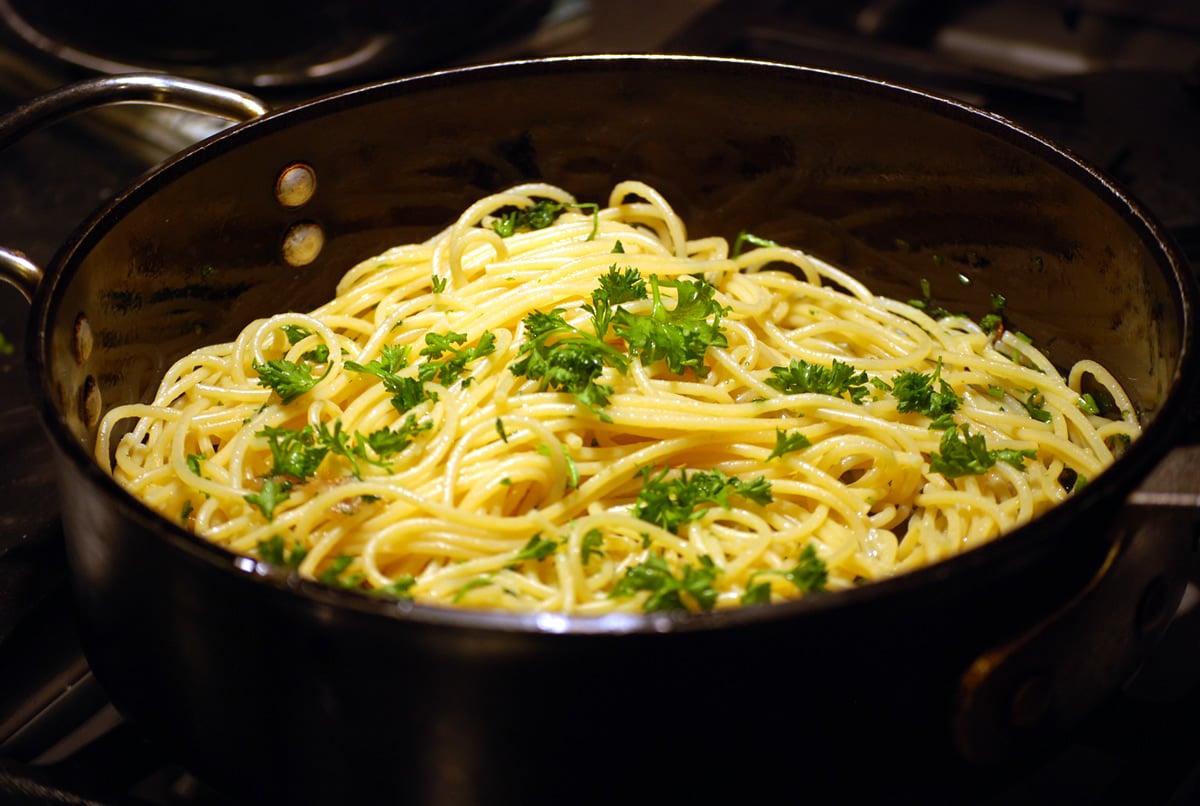

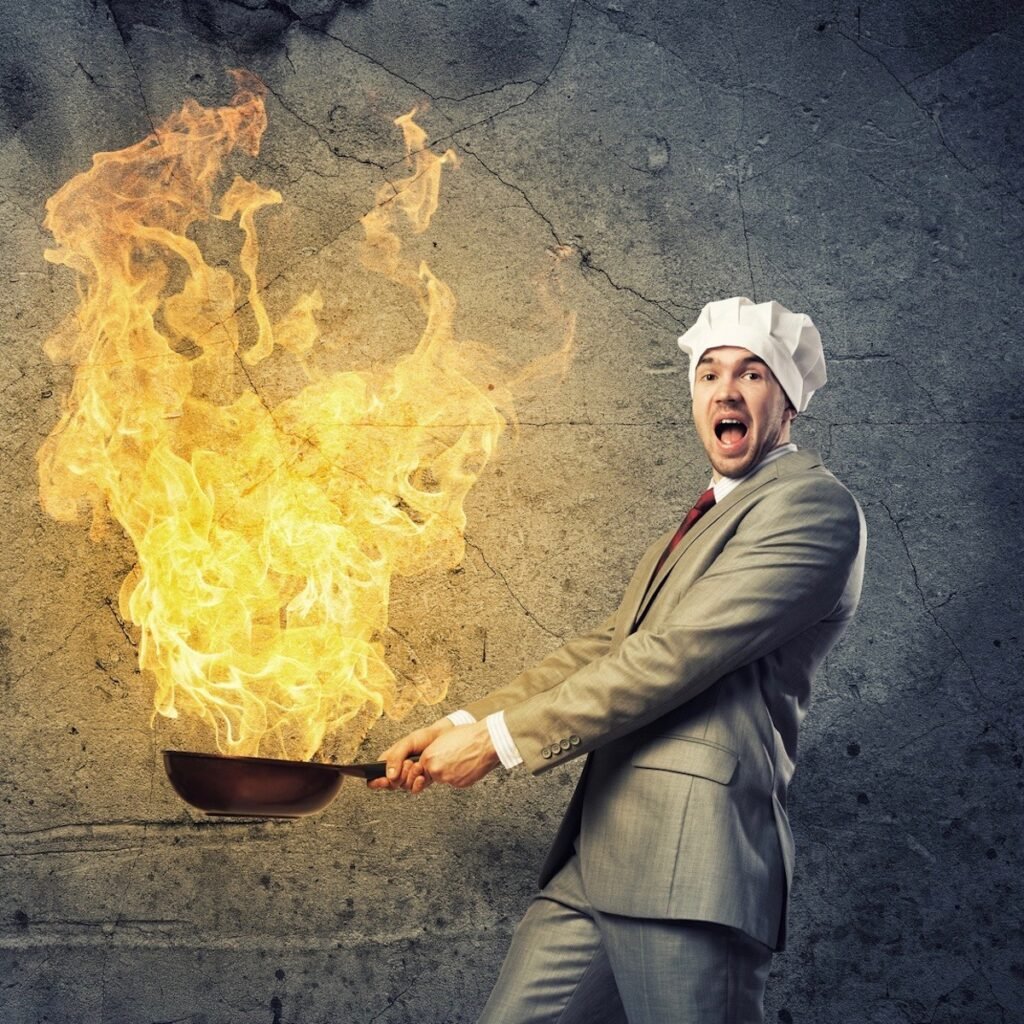
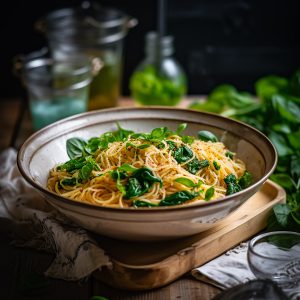
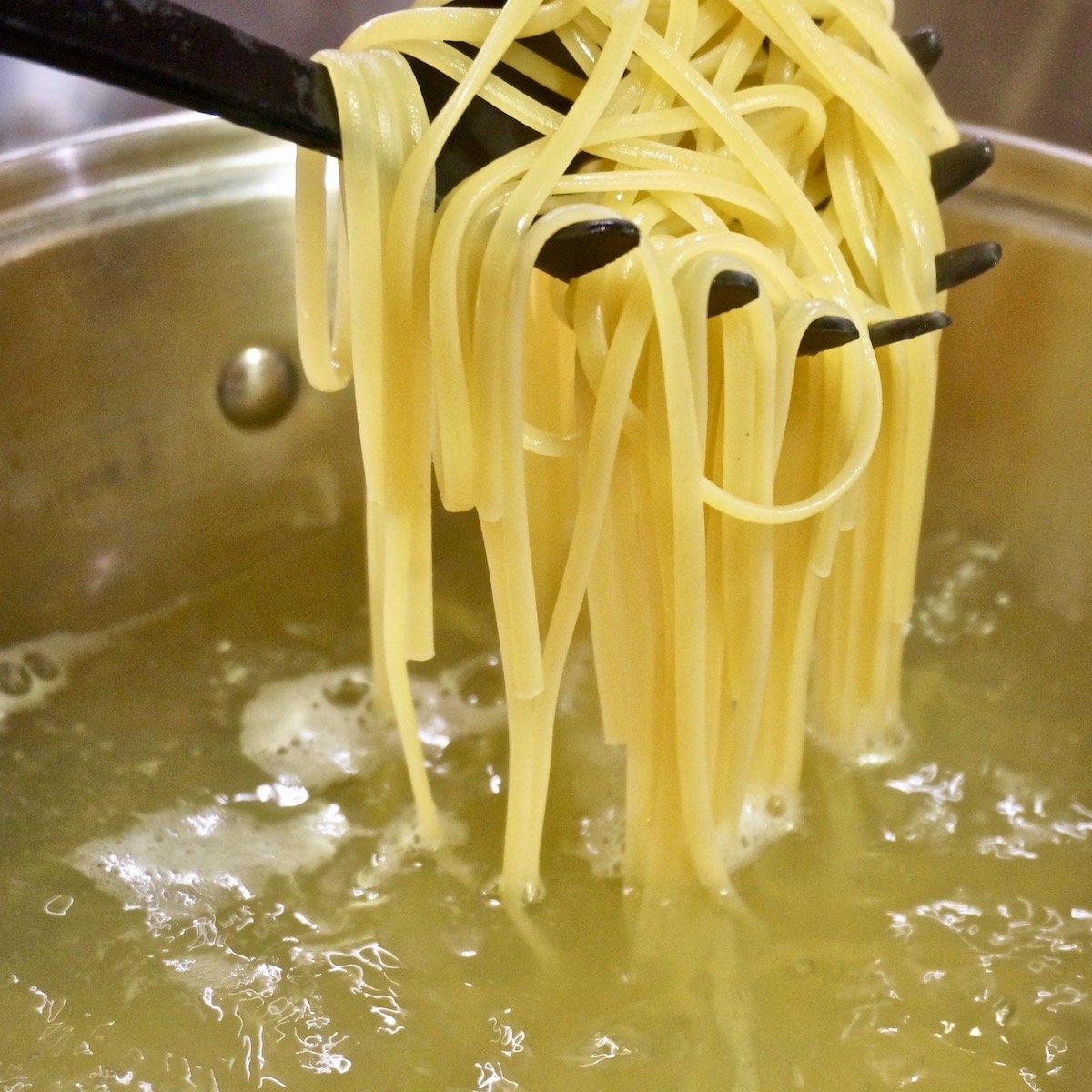


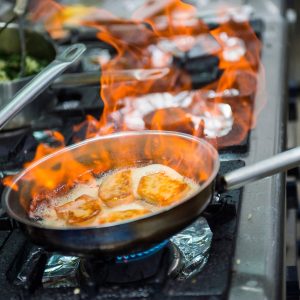
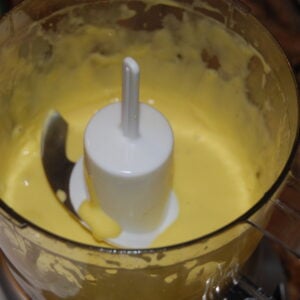
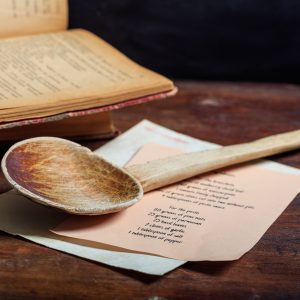
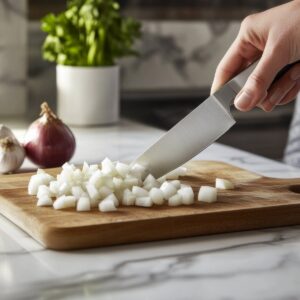
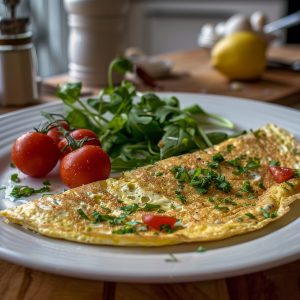
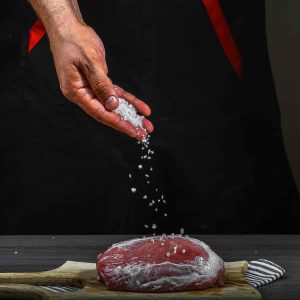
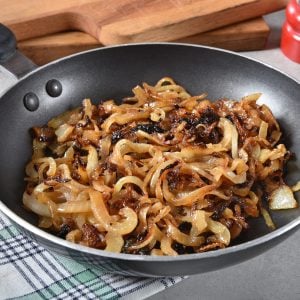
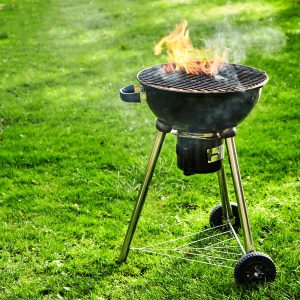


12 Responses
Very nice job at giving the basics of the process. I have had the fantastic opportunity to teach at various Culinary Institutions in Europe and the US as well as Canada and Mexico. I’m guessing you do have the knowledge necessary to pass on a little bit more of the science of heat, fat, and oil and what happens when liquid (could be water from the product, stock, or even wine) is introduced. The physical (physics) applications that occur with and how the structure of the food changes is wonderful. I have a son just beginning a career in the food service industry, and it’s hard to give too much information. Keep going. Get people excited. It’s great fun.
Hi Don, thank you for your wonderful comments. I have a very limited knowledge on food science and the science of heat and fat and oil. I am a novice home cook who finds an interesting food topic, research it and then pass it on here. If you ever want to share some of your knowledge, I would be happy to hear it from you.
Thanks for the information. though you could have answered for me in about one sentence.
Maybe two.
fq
Why use one or two sentences when dozens are available?
I understand that you want the oil to reach the point right before it begins to smoke. But I have some questions:
1) What does it actually mean for an oil to smoke? If it bubbles when you put food in it, is that smoking? If it bubbles without food, is that smoking? In cooking videos it seems to bubble when you put food in. From what I understand, smoke is gas, and bubbling is when a liquid turns to a gas.
2) In your video at :43, you say that when the pan’s at the right temperature, one or two beads form immediately. That never happens for me. I never get to the point where beads are forming but not bubbling. As I make the pan hotter and hotter, it just bubbles faster and with bigger bubbles. Although my pan is different from yours.
3) Alternatively, I understand that you could watch to see when the oil “ripples” and becomes “striated”. I’m still unclear what exactly it’s supposed to look like. Some pictures would be helpful. Maybe showing different degrees of striation and rippling and explaining how far along it is. Some sort of quiz would be really cool too, to help beginners get experience differentiating.
Thanks,
Adam
I Adam, good questions. If you leave the oil too long it will reach its “smoking point” and start to smoke. In the video, I am trying to show how hot you want the pan before
you add oil by testing it with water. Is that what you are using? When you add the oil after drying out the pan, the oil should not bead or bubble. It will ripple.
I’ll work on some better photos of the striations but I’m even more of a reluctant photographer than reluctant gourmet.
Actually, MANY of us DO have infrared thermometers these days and including the actual ideal temp for various sauteing (chicken pillards, veal scaloppine, beef steaks) would have been nice.
And by the way, when cooking meats there is NO sugar involved in the Mailliard reaction. It’s proteins and heat; meat has no sugar. Sugars would involve caramelization, a different thing.
Dear Reluctant gourmet:
I was about to saute some garlic and I contemplated my next steps, I realized that I have never gotten straight on how to make sure the oil is exactly the right temp for what you want to do. So I researched it and found you.
I never knew any of the science. And tho perhaps limited…as some of the comments seem to suggest–it was perfect for me. Thanks.
You didn’t mention anything about the questions asked about “They wanted to know if I use medium, medium-high, or high heat.
I believe that some reference to these stove top type of information and what you are describing best temperatures to be using for particular things that you talk about. The majority of your readers are more like me that have temperatures listed on stove top dials as 1 through 9 or there about.
We take a guess as to which reading, low, medium, medium high or high heat, we are trying to set a dial number to match up with the different ranges. I know that this is a guessing game, so a general number for these items would be of great help. We are mostly amateur cooks out here so giving this kind of information to us would sure help us. Thanks
Interesting question David. The numbers you see on stove top dials are not designed to correlate with cooking temperatures. You can’t assume #4 is associated with a particular temperature because there are too many variables. First of all, every manufacturer of stoves is going to calibrate their numbers differently. Also, how hot your pan gets depends on the type of metal your pan is made of — copper pans are going to get much hotter than stainless steel at the same number setting for the same amount of time. Then there is the quality of the pan, the thickness of the metal and of course how long you keep the pan on the stove to heat up. The numbers basically just tell you the higher the number, the higher the heat. It’s really up to you through trial and error to get a good feeling how your stove top works best. If a recipes says to cook something at medium high heat, it won’t take long to figure out what that is on your home stove. You may make a few mistakes at first, but after very little time you’ll be quite efficient at it.
Hello Reluctant Gourmet, I really enjoyed your brief video and this post and look forward to looking around your site. It’s so interesting that you quote Chef Todd Mohr twice – I just signed up for his cooking classes, but I went looking for a more close-up video of how to tell when the pan is hot enough as I overheated my pan doing my video 2 homework tonight. I guess I didn’t know what the water droplets evaporating actually looked like. Also, I was using sesame oil, and a website I saw said its smoking point was 350, and you mention it to be around 320. That could have made a difference. Anyhow, thanks for sharing what you are learning!
French chefs use the word crepe as in crepe paper or cloth. gives a good visual